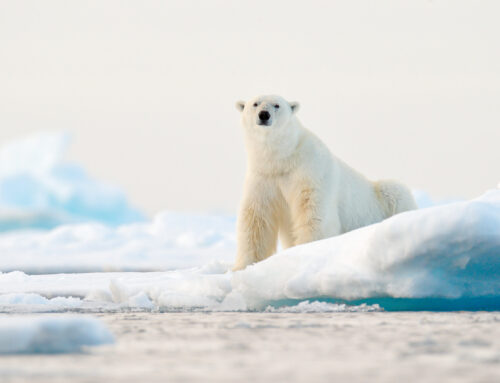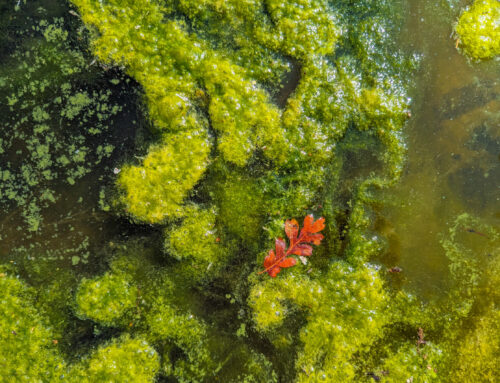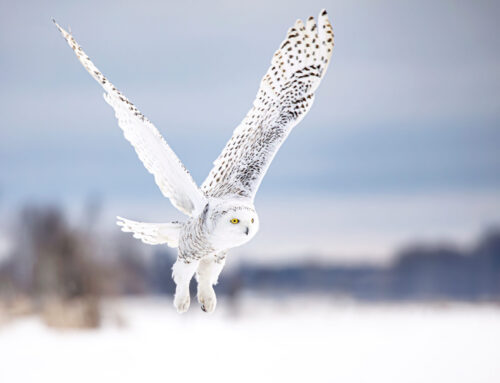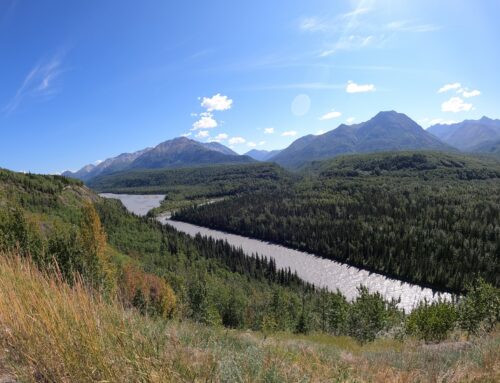Why We Love the Alaska Moose
The Alaska moose is found in abundance across the last frontier. From the Southeastern regions to the northern territories there are about 175,000 to 200,000 moose scattered across the 49th state. If you are exploring the state, chances are you will have a moose encounter or sighting.
These mammals typically travel in solitude or with their young, and rarely in herds. Gaining knowledge on their territory and behaviors is important to have respect and support for their environments. Working together in conservation for the benefit of cohabiting through exploration is a great way to learn why we love the Alaska moose.

This mama moose teaches her babe the best way to get the fresh grass.
The Alaska Moose
These mammals are often one of the first encounters of wildlife you experience in Alaska. Their giant stature and mythical appearance give good example to the size and magnitude that this environment harvests. The Alaska-Yukon moose is the largest subspecies of moose in the world.
Sometimes you may see them from your cabin window or right outside your car. These sightings are exciting but keeping awareness in mind is of the highest importance. Giving all wildlife safe distance and understanding is paramount in outdoor settings. Keep in mind that you are walking and exploring in their home lands.
They eat serenely through their days and are a focal point of an Alaska landscape at times. You may even have the opportunity to see a calf with their mother or if the year is right, possibly twins. By learning about the life and the ways of the Alaska moose you can work to keep your encounters to enjoyable sightings and respect moose in their natural habitats.
Behavior
Moose have no social bonds and center their encounters around mating and mating rights. During the fall the males will go into their ‘rut’ and compete for mates with other males. This typically involves fighting between the bulls (males). Bulls will make a subtle call to attract females and deter other bulls. This is an especially aggressive time for moose.
Bulls will dig a pit to duel for their mate during rutting season. After mating the females gestate for 7 and a half months to birth typically one calf during the spring. Moose will birth twins if the food supply is high that year. After one year the mother kicks the calf out and they are on their own.
Although moose have poor eyesight due to their eye positioning, they compensate with excellent hearing and smell. This aids them in enjoying their diet of willow and birch. Many signs of moose activity are of downed trees. As they pull bark and leaves they have the strength to take down whole trees. These terrestrial animals spend a majority of their time eating.
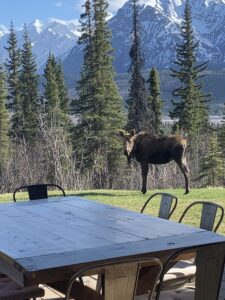
Moose can be found wandering around backyards to enjoy the fresh green grass that comes after mowing your lawn.
Be Aware, Be Respectful
These animals are constantly roaming and sharing the outdoors with recreational enthusiasts. Their hoof shape provides quiet travel across forests and can be alarming for both humans and moose when they stumble across each other. Read here for what to do if you encounter a moose.
Moose have adapted to run away unless they are threatened. Be sure to have heightened awareness during their mating season and birthing seasons. Coming between a calf and her mother is the last thing you want to do on your trip to Alaska. And, always give a gracious amount of space to these animals and never get too close even if they seem docile. That behavior can change in the blink of an eye.
Not only out in the woods should you be aware but especially on the roads. As more and more visitors come to Alaska the amount of moose being hit on the road increases with each year. Cars are totaled and increase danger to other drivers as well. Many of these collisions kill moose and car passengers. We love the Alaska moose for many reason and look forward to cohabitating with them as we explore the last frontier, consciously.,



